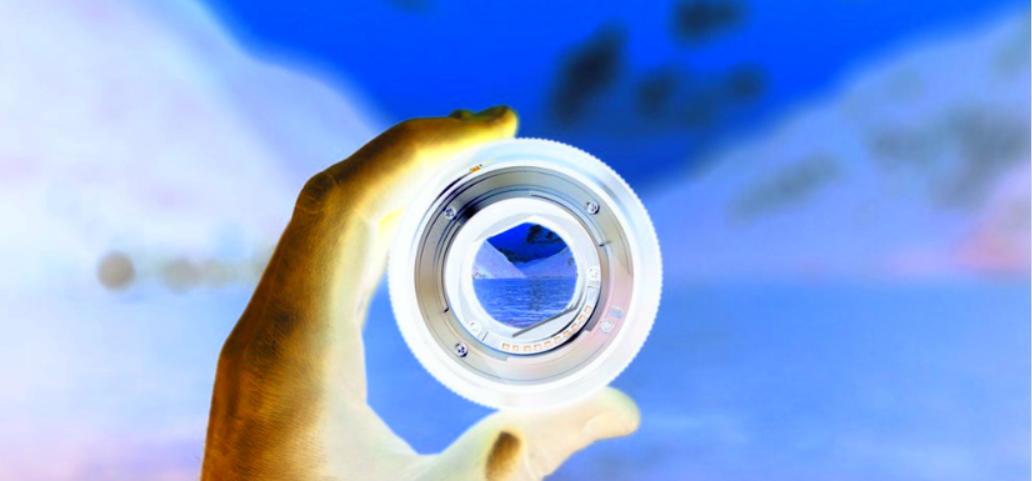AARP Eye Center
At CES: An Expanded Focus on the Longevity Economy
By Media Relations, February 22, 2019 04:56 PM

Anyone looking for evidence that the tech industry is waking up to the power of the Longevity Economy – the term many use as a catch-all for the $7.6 trillion in annual economic activity in the U.S. generated by people age 50 and up -- need look no further than CES, the global consumer electronics show held in Las Vegas last month.
Here’s a quick summary of some (but certainly not all) of the new products and services that jumped out at us at CES this year:
We were intrigued to see an emerging wave of wearable health monitors in the form of bracelets and pendants that use tiny nanotech gas sensors to check the glucose levels of diabetes patients and warn them when a hypo- or hyperglycemic episode is coming on and it can notify caregivers of the episode, too.
Another notable development is a newly announced partnership between Cognitive, Plume, Qualcomm and Stanley Black & Decker for the launch of a Wi-Fi-based home security and remote monitoring service called Omni Motion detectors are normally focused on identifying intruders, but, as Omni reminds us, the capability can also be useful for identifying whether an older person living on their own is up and about. Since one of the obstacles to aging in place can be concerns about safety for an older person living on their own, a service like Omni could be a useful resource for aging-in-place residents and those who care about them.
And how could we fail to mention AARP’s pitch competition, sponsored by AARP Innovation Labs, which brought together eight promising tech-focused start-ups and early-stage companies who are bringing to market products and services focused on people 50-plus? The competition was fierce and while all of the competing entities were impressive, inevitably, judges had to narrow the field to just two.
The two winners — StoryUP Healium and Waverly Labs — will compete again in October at a pitch finale at AARP’s national headquarters in Washington, D.C. StoryUP’s virtual reality (VR) device uses electroencephalogram (EEG) feedback to reduce stress and offer virtual travel opportunities to its users. Waverly’s earbud is able to interpret conversations almost in real time.
Stay tuned!























































